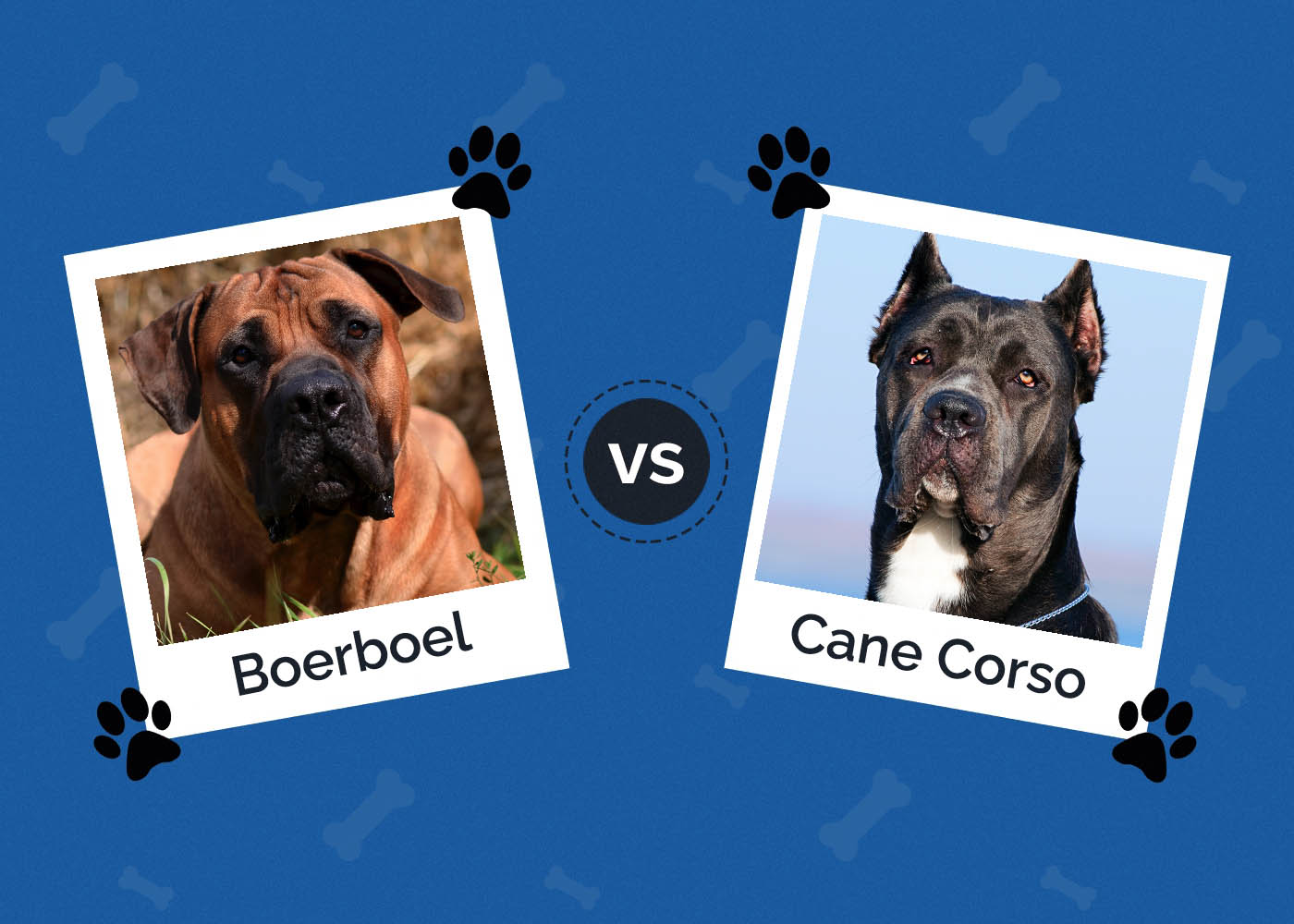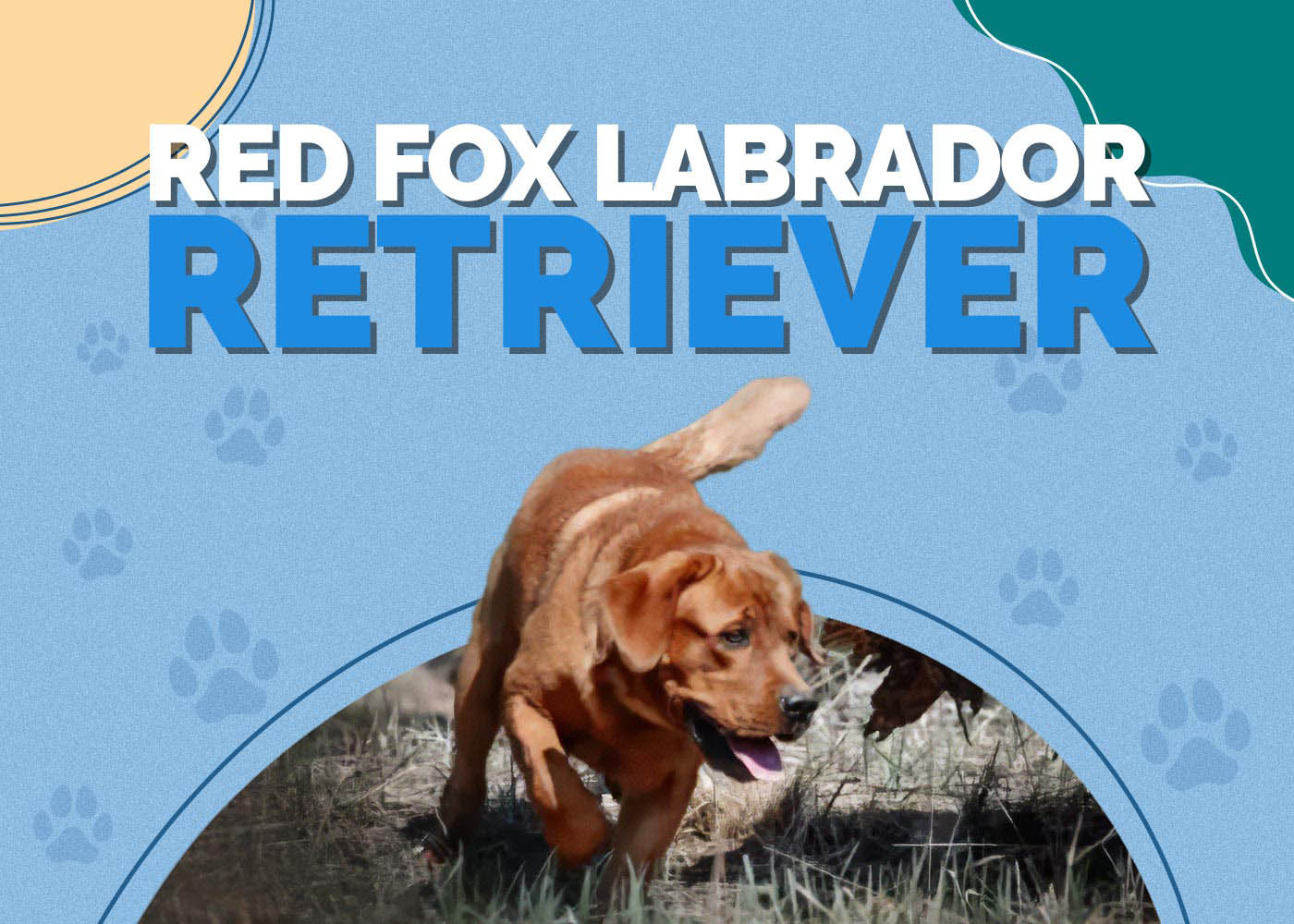Can Dogs Eat Lentils? Vet Approved Nutrition Facts & Safety Guide
Updated on

If you read the ingredients on the label of just about any boutique dog food, you’ll likely see many common human foods, including blueberries, cranberries, and lentils. Lentils may be nutritious and beneficial to humans but what about our pets. The good news is dogs can enjoy lentils too on occasion.
However, there is some question mark over the safety of lentils, and other legumes, when fed to your canine regularly, and in high amounts as a main ingredient in their dog food. This is due to a possible association with heart disease.
A spike in cases of canine dilated cardiomyopathy (DCM) in non-genetically predisposed pets prompted the FDA to investigate the safety of lentils and other legumes for dogs. The agency is currently relying on scientists to research a possible correlation and the investigations are ongoing. Until the FDA releases further guidance we suggest a wait-and-see attitude when it comes to feeding your dog lentils regularly, and recommend contacting your vet with any concerns about your dog’s health and diet.
The Backstory With DCM
The FDA1 began compiling statistics about DCM when vets and owners reported a spike in cases of this sometimes fatal condition. Some breeds are genetically predisposed to it, including the Irish Wolfhound, Great Dane, and Doberman Pinscher. The difference was the increasing number of dogs without this tendency. Accounts of the lifestyles and factors leading up to the diagnoses revealed several things.
Golden Retrievers, mixed breeds, and Labrador Retrievers made up a significant portion of the cases. It’s worth noting that the retrievers are the first and third most popular breeds, according to the American Kennel Club (AKC). Admittedly, bias may exist. However, the majority involved pets that are fed dry food. Moreover, several boutique foods stood out among the pack.
The common denominator was the inclusion of grain substitutes in the misguided notion dogs are allergic to grains. Pets are actually more inclined to be allergic to animal proteins than these ingredients. Nevertheless, manufacturers replaced them with other foods, such as peas, sweet potatoes, chickpeas, and lentils. That fact put these legumes on our radar, influencing our take on the food.
As you may expect, there was pushback from the manufacturers of these pulse-based diets, prompting the FDA to pause updates until further research can provide a more definitive answer to the safety of these ingredients. As the agency points out, the same oversight doesn’t exist with pet health as it does with people. Therefore, it must rely on the scientific community to settle the matter.

Nutritional Value of Lentils
Taken at face value, lentils are a nutritious food. They contain decent amounts of protein, fiber, and potassium. While they have a negligible amount of fat, they also are jam-packed with carbs. That explains the 116 calories in a 100-gram serving. A risk of weight gain and obesity exists with regularly feeding your pup too many lentils, especially small dogs. The recommended daily caloric intake for a 10-pound pet is approximately 275 calories, this will vary based on their age and activity levels.
Why Manufacturers Include Lentils in Their Products
Several factors have influenced the evolution of pet foods and the inclusion of ingredients like lentils. First, people’s attitudes have changed, with about 95% of owners considering their pets as family members. Therefore, it makes sense that someone may want to share their food with their canine companions.
Second, marketers have done an excellent job of swaying people’s opinions about the ingredients in their pets’ food. They have vilified byproducts despite their safety and nutritional value. They also are doing the same thing with grains, as we mentioned earlier.
On the other end of the spectrum is the health value of lentils, but for people. They can help you feel sated for longer due to their high fiber content. They can lower cholesterol and support good digestive health. It’s no wonder pet owners would want to give their dogs something that benefits them. It may feel reassuring to some to offer their pups something with ingredients they recognize.
The Case For and Against Lentils
Researchers have taken up the cause of DCM and the legume issue. The crux of the case has been the data. Vets and owners have reported nearly 1,400 cases since 2014. That’s a significant figure. However, it may not tell the whole story since reporting DCM incidences is voluntary.
Evidence from scientific studies is mixed. One study considered the effects of feeding eight dogs a wrinkled pea, whole lentil, and white rice for 28 days. The researchers concluded that only the wrinkled pea appeared to cause DCM-like changes. However, the sample size is small, and the dogs were all Beagles. There were no animals of this breed from the initial findings.
Another study considered the effects of a pulse-based diet on digestive health. The scientists observed lower amino acid and macronutrient digestibility after only 7 days on these foods. They concluded that long-term use could increase the risk for low taurine and DCM in dogs.
The precise mechanism is unknown but taurine deficiency is well documented as a risk factor for DCM. It has been associated with some breeds, such as Newfoundlands and Cocker Spaniels. However, low taurine has not been documented in all cases of DCM in atypical dog breeds.
The takeaway is that further research is needed. While lentils may be beneficial for people, the science isn’t clear about canines. Remember that most dogs eat the same thing every day. Lentils may be okay as part of a healthy diet for humans, but it may be a different matter for a pet on a regular diet for the long-term which contains high amounts of lentils or other legumes.

Conclusion
Lentils are a nutritious food that provides many health benefits for people. While they may have similar potential for dogs, the current situation with this being under scrutiny by the FDA prevents us from recommending this food wholeheartedly. We suggest discussing the matter with your vet, especially if your pup has a heightened risk of DCM and taurine deficiency.
Featured Image Credit: martin_hetto, Pixabay













